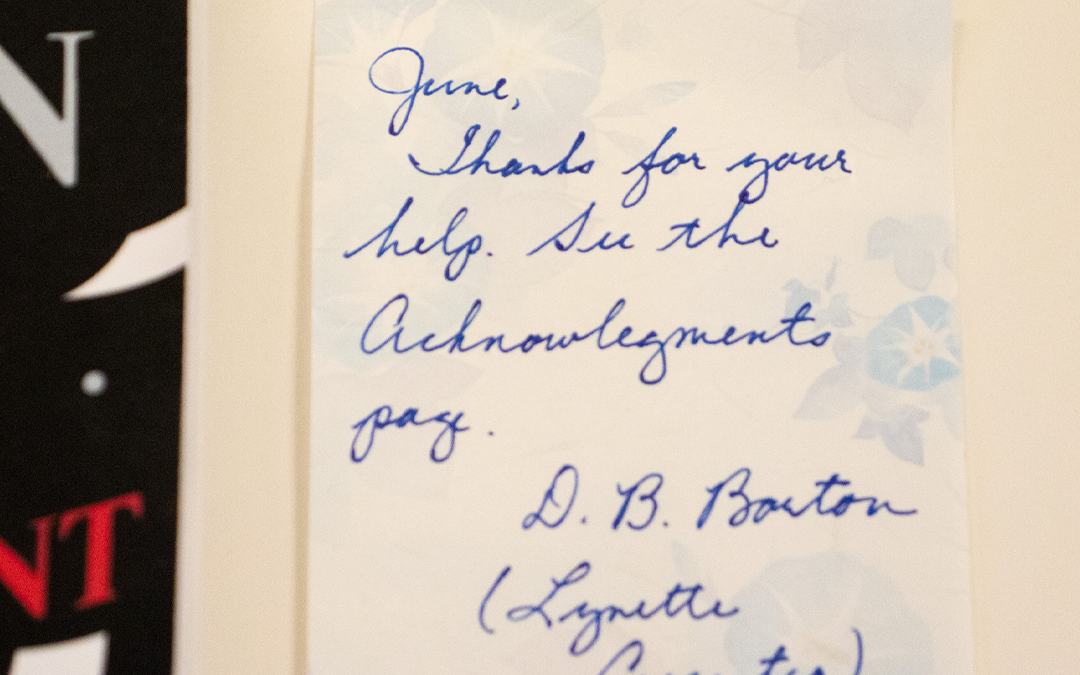The University of Cincinnati Libraries will be closed Monday, Jan. 20 in observance of Martin Luther King, Jr. Day. The Libraries will resume normal hours on Tuesday, Jan. 21.

This Martin Luther King, Jr. Day, we invite you to join the Libraries Racial Equity, Support & Programming to Educate the Community Team (RESPECT) in commemorating this civil rights legend by checking out these library resources. In addition, just when you thought you knew everything there was to know about Martin Luther King, Jr., History.com has compiled a list of 10 surprising facts that you probably didn’t know. For example, Martin Luther King, entered Morehouse College at the tender age of only 15!












